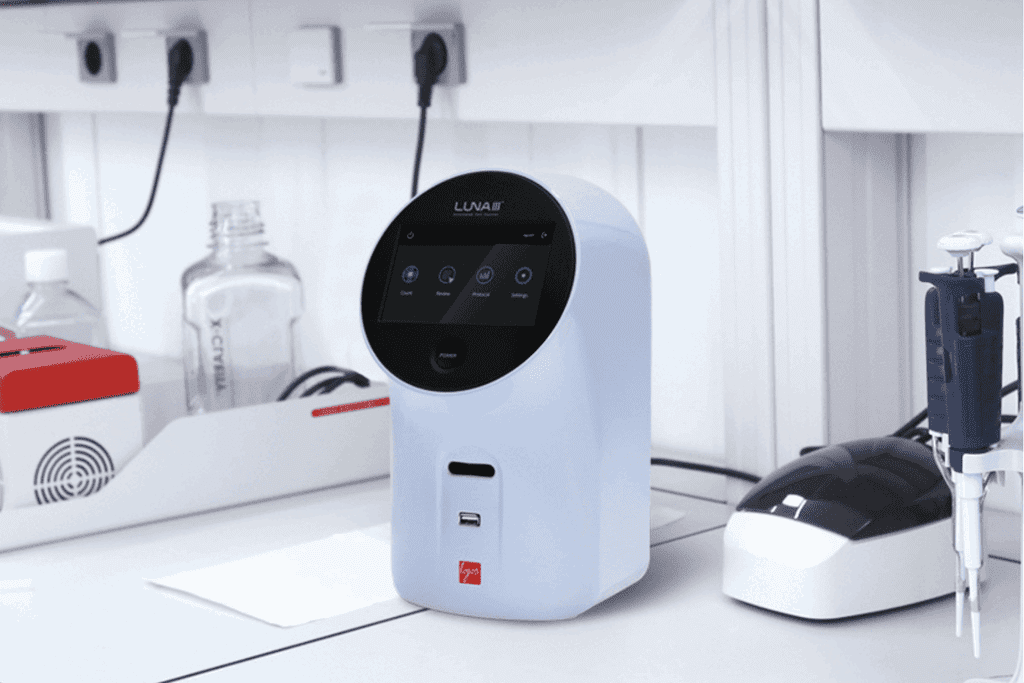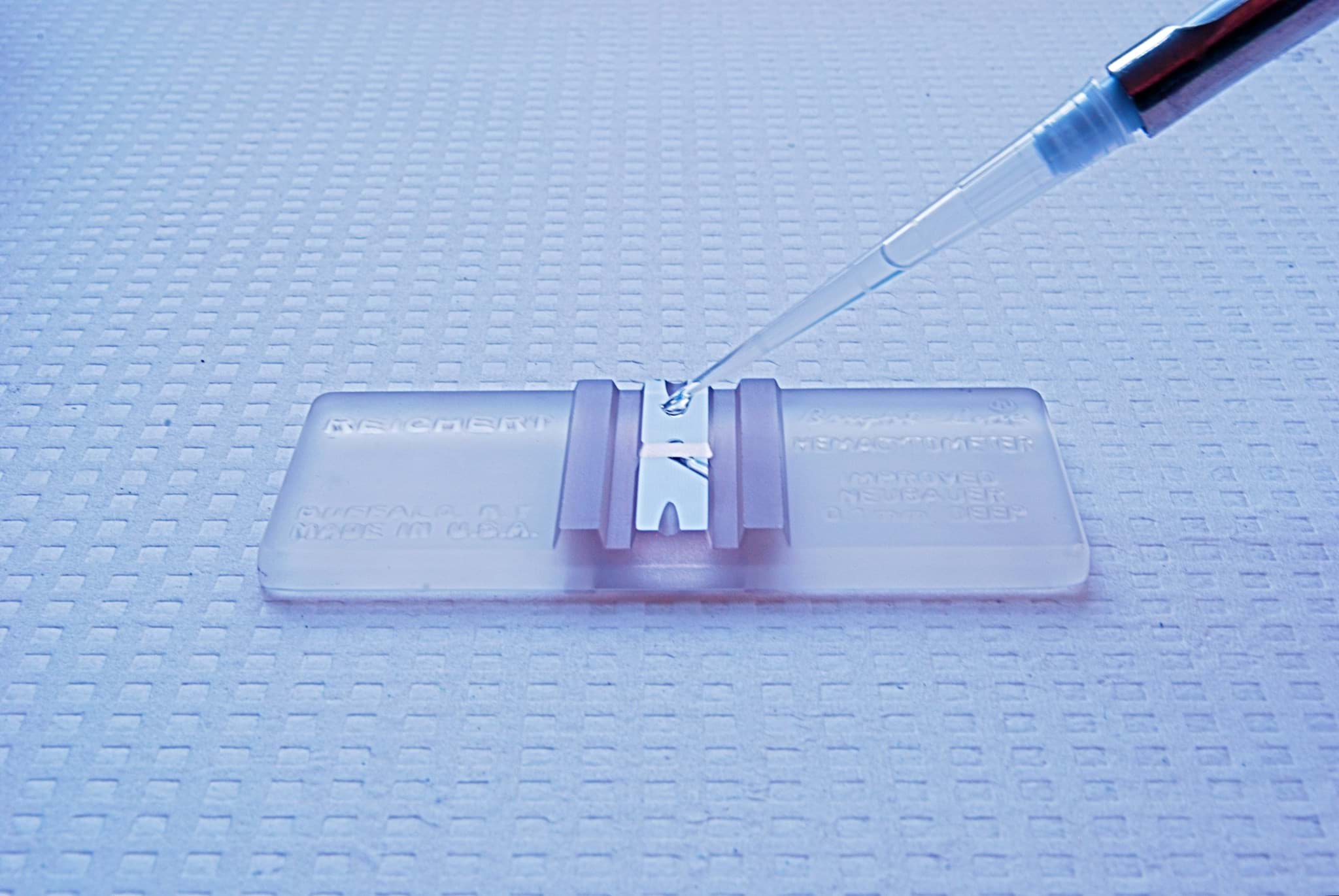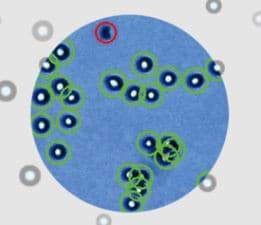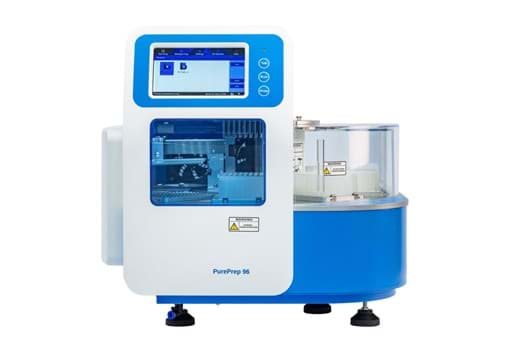
What to look for in an automated cell counter?
Making the move to digital
Why go digital when manual works, you may think? You learned it from your colleague who worked at the lab for decades. Sure he or she knows what the best practices are...
Learn more about
In summary?
- Why consider to go digital?
- Accurate cell counting focusing
- Reproduction of results
- Cell counting specificity
- Declustering performance with the automated cell counters
Making the switch
Why consider to go digital?
Hemocytometer or the Bürker-Türk chamber was the standard tool decades ago. These techniques show some disadvantages as they are very time-consuming and error-prone. In the era of smart TVs and the internet carried in your pocket, I bet you prefer to use a fast, accurate, reproducible, and automated technique for cell counting, too. There are many automated cell counters on the market. But do you know what system suits your research needs?Here are some tips for knowing what to look for in an automated cell counter.

Accuracy
Accurate cell counter focusing
When preparing your cell suspension, it is difficult to get completely rid of dead cells or debris. You don't want to count any of those as a living cell. Your cell counter can only exclude dead cells and debris if it recognizes these particles. Therefore, accurate focusing is crucial. Automated cell counters detect living cells with black edges and white centers. Inaccurate focusing will mess up the black and white pixels, leading to misinterpretation of dead and living cells. Make sure your choice of cell counter is up to the task by checking its camera resolution. Another option is to choose a cell counter which uses autofocusing technology. Both the Luna-III and the Luna-FX7 from Logos Biosystems use this technology.Reproducibility
Reproduction of results
Like all types of experiments, you also want your cell counting to be reproducible. Most automated cell counters provide you with specific slides that have a defined measuring area. Therefore, the sizes of the taken images are always equal for each count, eliminating variation in the field of view. Finally, some suppliers also offer re-useable slides to help you lower the carbon footprint of your lab and reduce plastic waste.
Count all cells
Declustering performance with automated cell counters
Although you do the best you can, your cell suspensions can still contain clustered cells after preparation. You want these cell groups to be counted as individual cells to get a trustworthy cell count. Most systems have integrated software that automatically recognizes cell clusters and count the cells in these groups as individual cells. But don't jump to conclusions too quickly; the declustering performance varies significantly between the various available cell counters!
So when you take some time to perform a decent comparison of automated cell counters, be sure to include our LUNA family cell counters in your comparison.
LUNA-FX7 Automated Cell Counter, Advanced Package
Luna-III Automated Cell Counter
Cell Counting Slides, 500 slides (1000 counts), 10 boxes
Erythrosin B Stain for use with Luna Automated Cell Counter, 2 x 1ml
Our news

Innuscreen introduces PurePrep benchtop systems for autom...
Discover the PurePrep family for quick and effective DNA/RNA extraction.

Is more sustainable cell counting possible?
This article discover eco-friendly solutions for cell counting

Introducing Phoenix Instrument: small lab equipment now a...
January 2025 - Phoenix Instrument | Small lab equipment now available at Westburg Life Sciences
Specificity





